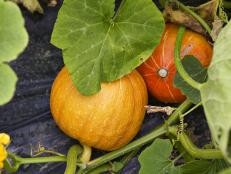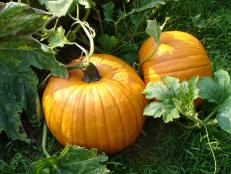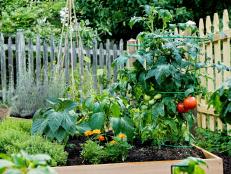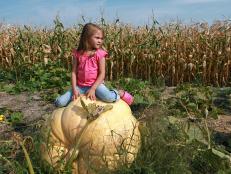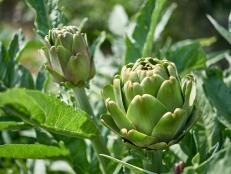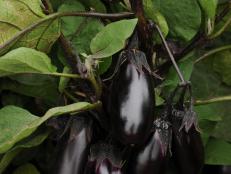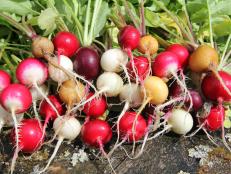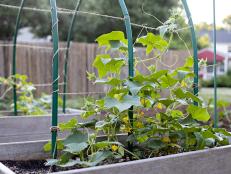Planting Pumpkin Seeds

Planting pumpkin seeds is garden fun at its best. Tuck one little seed into soil, and in a few months you’ll be rewarded with an armful of fall’s iconic fruits. Whether you’re growing miniature pumpkins for tabletop displays or a beefy fruit for spooky carving, learning how to plant pumpkin seeds will improve your odds of success. It’s also critical to know when to plant pumpkin seeds, especially if you’re aiming for a larger-than-life harvest.
Like all seeds, pumpkin seeds need just a few things to get growing. Soil and water jump-start the process. Light is pivotal once leaves appear. The trickiest part is knowing when to plant pumpkin seeds.
If you’re growing a giant that needs 140-plus days to reach its mammoth size, sow seeds from April 25 to May 15. If you garden where those dates still have a frosty feel, start seeds indoors. Most giant pumpkin seeds have a very thick seed coat. You’ll get better germination if you file the edges of the seed. Just don’t touch the pointed tip. Use a piece of sandpaper or a nail file to file the seed edges gently. After filing, soak seeds for an hour or two in hot water before planting. These steps help seedlings to emerge easily from within the hard seed coat.
Sow traditional field pumpkins or jack o’lanterns into garden soil from May 15 to June 15. For an earlier harvest or perhaps a slightly larger pumpkin, you can start seeds indoors up to two weeks before these dates. Miniature pumpkins don’t need as long a growing season to reach their full potential. Tuck these seeds into garden soil from May 25 to July 1.
Pumpkin-palooza! 10 Pumpkin Varieties
See All PhotosWhen planting pumpkin seeds—indoors or out—place seeds into soil one-half to 1 inch deep with the pointed end facing down. Indoors, place seed-starting pots under artificial lights or in a bright south-facing window. Pumpkin seeds germinate best in soil that’s 80 to 85 degrees. Use a root-zone heating mat to warm soil in pots. Remove the heating mat once seedlings appear to avoid damaging roots.
Pumpkins dislike cold of any kind, so don’t plant pumpkin seeds directly into garden soil until after all danger of frost is past. It’s a good idea in cooler areas to cover your pumpkin planting spot with black plastic for a few weeks prior to planting. This helps concentrate the sun’s rays to warm soil. At planting time, cut a small X-shaped slit in the plastic and sow seeds through that opening. Watch for seedlings to appear; make sure they’re not hindered by the plastic.
Indoors and out, pumpkin seeds usually germinate within 10 days. If 10 days come and go and you see no signs of growth, consider making a second planting. You can gently try to excavate planted seeds, but if the seed has germinated, you risk damaging emerging roots. In the garden, use a large garden trowel to lift soil gently and inspect it for any sign of the seed or seedling.










